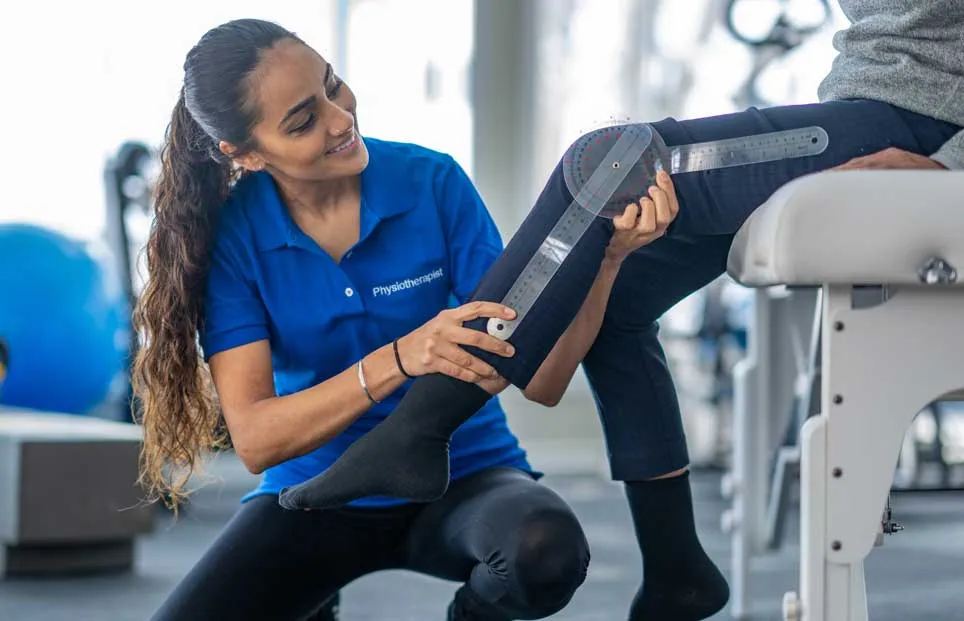Advancing Restoration By Adapted Physical Activity Regimens in Recovery Practices
Wiki Article
Rehabilitation is an essential process for patients who have experienced surgeries, or other medical challenges. Recovery programs play a crucial role in supporting these individuals to restore their strength, enhance mobility, and return to their routine tasks. Tailored fitness prescription is a critical element of effective recovery. This means that workouts are specifically structured to meet the individualized needs of each person. By focusing on targeted exercise programs, rehabilitation approaches can accelerate recovery and support improved health outcomes.
One of the initial steps in developing a tailored fitness plan is assessing the individual’s status. Healthcare practitioners conduct assessments to understand the particular restrictions and abilities of each individual. This might include physical tests, discussions about health history, and objectives for recovery. For instance, an athlete recovering from a leg injury may have distinct needs than an elderly individual recovering from hip surgery. By acknowledging these differences, practitioners can design an exercise regimen that addresses the specific factors of each case.

Integrating various types of read exercises is crucial for effective recovery. Resistance training , mobility routines, and cardiovascular activities all serve important roles in recovery. Resistance training assists restore muscle and improve stamina, which is particularly important after long durations of inactivity. Flexibility movements increase joint mobility and reduce rigidity in joints. Aerobic activities, like brisk walking or cycling, improve general conditioning and promote cardiac function. A well-rounded exercise plan that incorporates all these components can significantly assist in the rehabilitation process.
Monitoring progress is another critical element of recovery programs with customized fitness prescriptions. As individuals participate in their personalized routines, healthcare practitioners observe improvements and make required modifications to the program. This ongoing assessment guarantees that the exercises remain effective and appropriate as the patient advances. Establishing specific benchmarks can also encourage participants during their recovery journey. Achieving incremental objectives builds confidence and encourages persistence in adhering with the rehabilitation regimen.
Ultimately, enhancing recovery through personalized fitness planning requires collaboration between healthcare providers additional reading and patients participating in recovery. Clear communication is key to understanding how each person responds throughout their rehabilitation journey. By collaborating together, both parties can identify any challenges and acknowledge successes along the path. Customized rehabilitation programs not only help individuals recover physically but also add to their mental wellness by fostering a feeling of accomplishment and independence as they work towards their health goals.